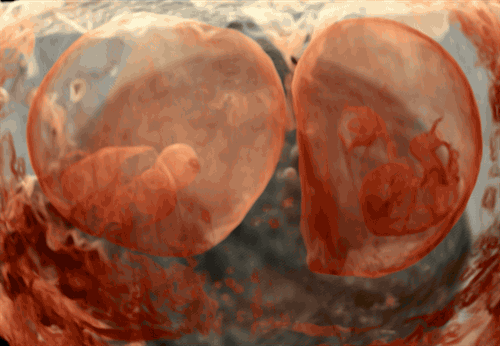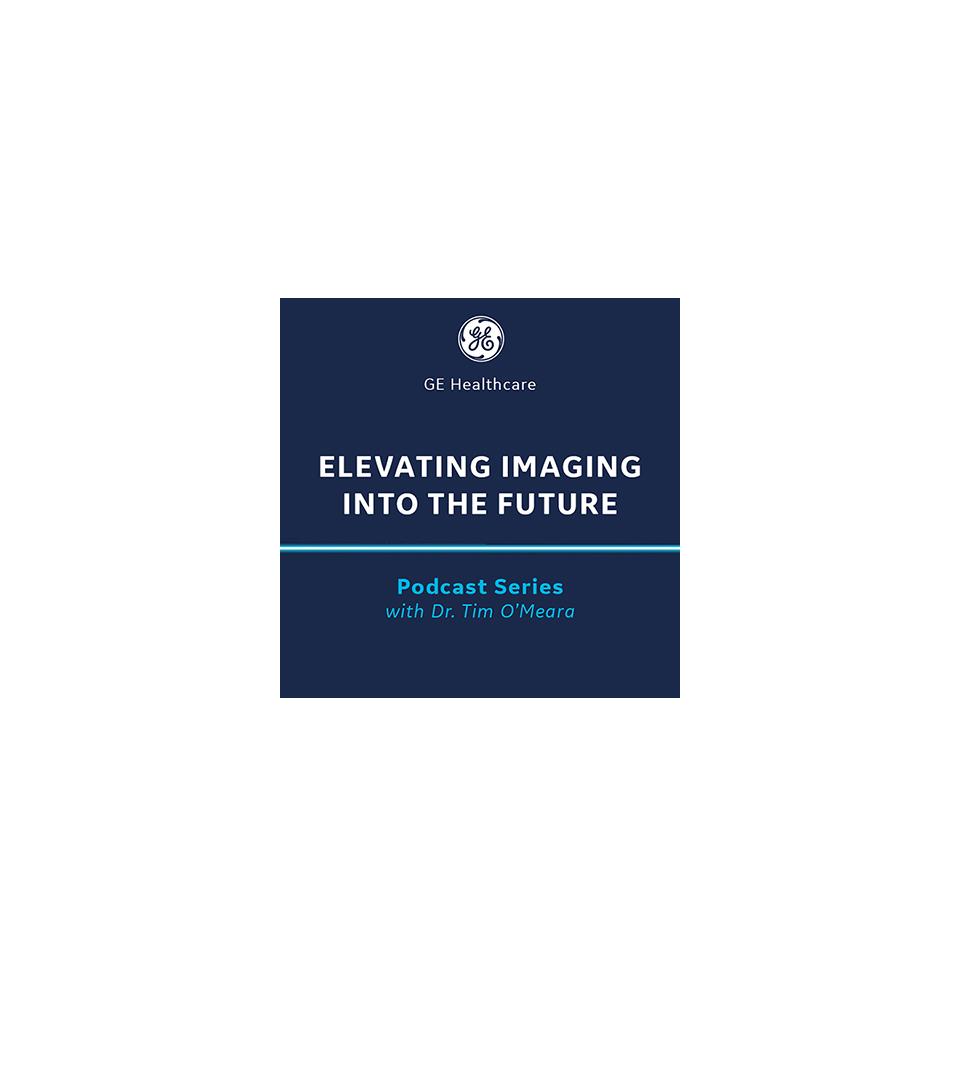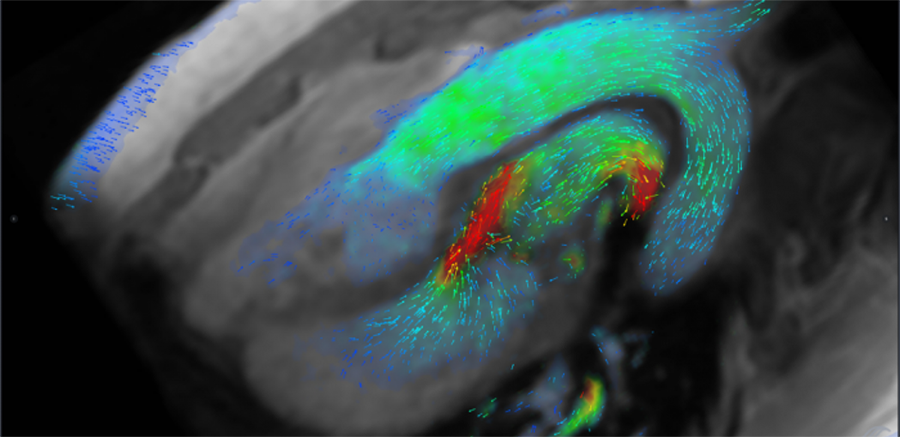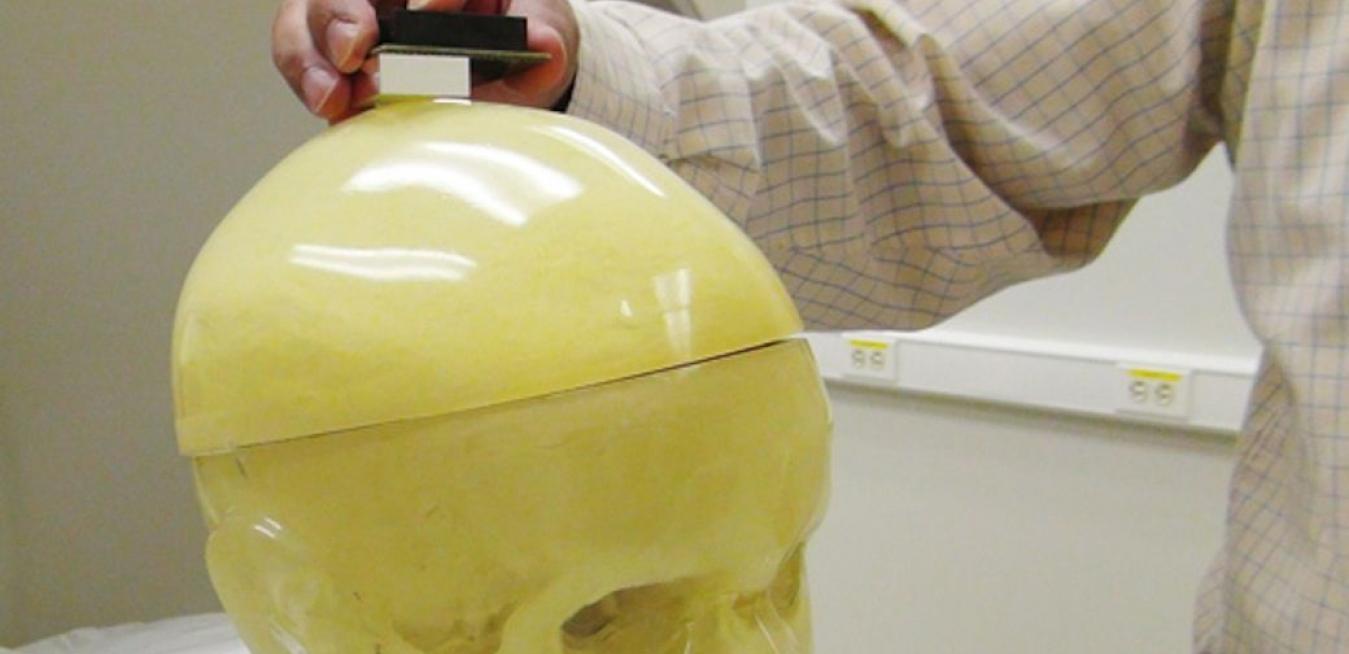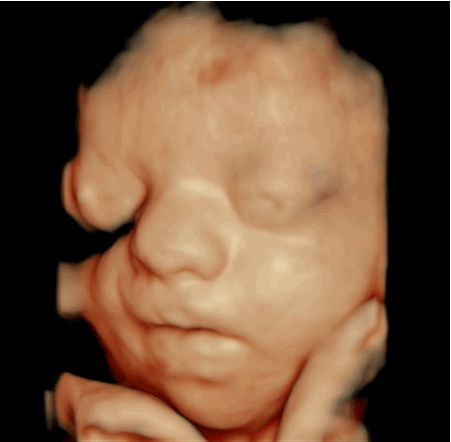Medical imaging is an essential part of modern healthcare. Services from CT scans to X-rays help diagnose, treat and monitor illnesses and conditions faster and more accurately than ever before. In Australia alone, more than 25 million diagnostic imaging examinations are performed each year.
A new 5-episode podcast series from GE Healthcare Australia & New Zealand examines how medical diagnostic imaging is shaping the future of patient care through partnerships and the introduction of transformational technologies.
Before Albert Hsiao became a radiologist, he didn’t know performing electrical measurements in the cerebellum of rats or learning about neural networks in college would be relevant to caring for patients today. This year, the start-up he helped co-found received FDA-approval for its first Deep Learning product in the cardiac imaging space. Not only can technology like this help tackle the looming doctor shortage, it provides "some hope for us to return to our roots as medical doctors" and "to be better listeners," Hsiao writes.
Working in the late 1700s, Spallanzani showed that blindfolded bats could still catch flies and find their way around. But they failed miserably when he sealed up their ears. His discovery of the bat’s “sixth sense,” called echolocation, launched the science of ultrasound.
